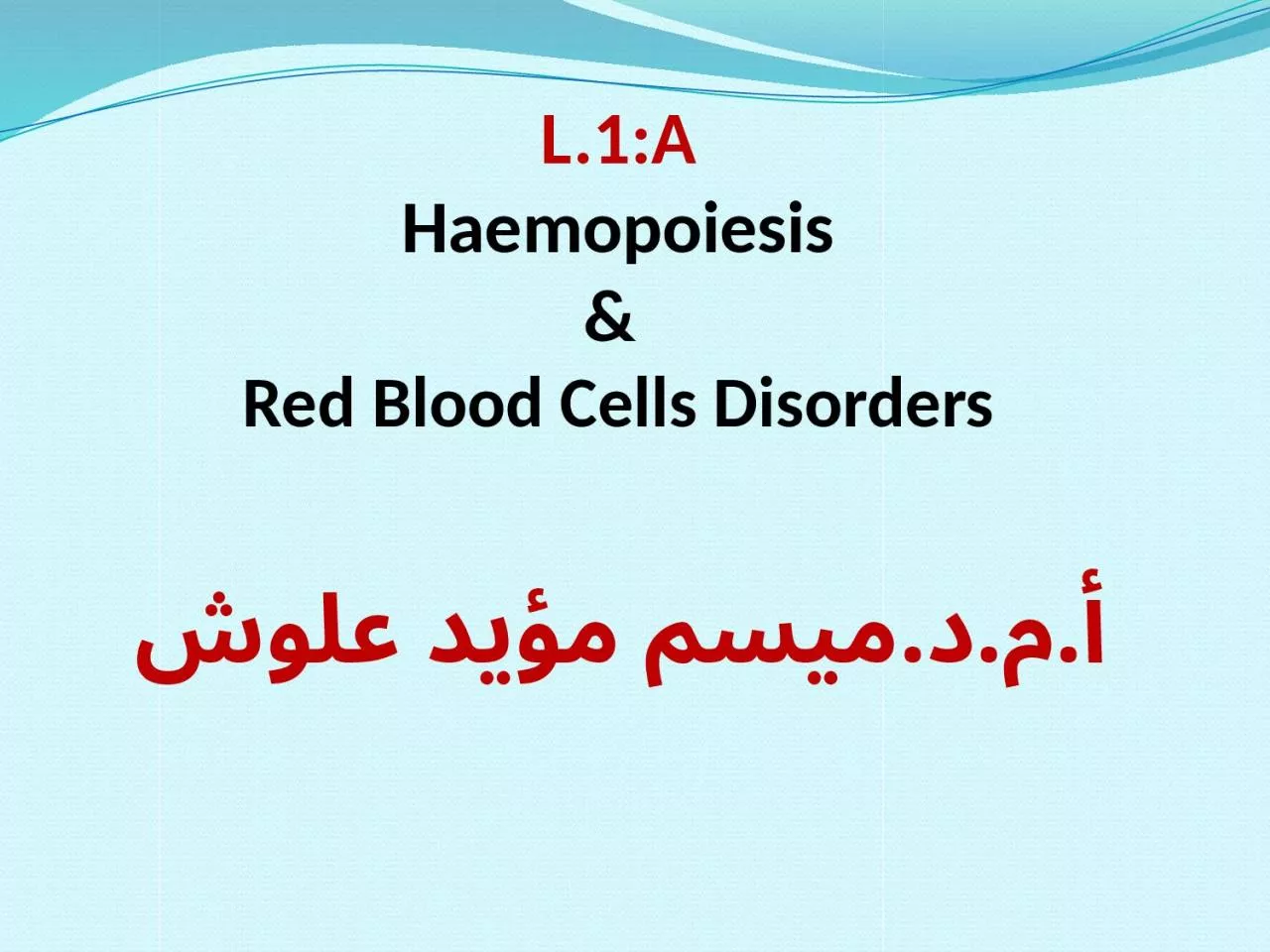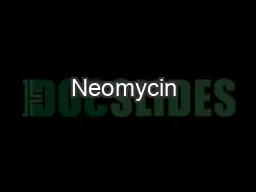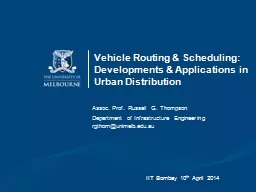PPT-L.1:A Haemopoiesis &
Author : everly | Published Date : 2022-06-15
Red Blood Cells Disorders أمدميسم مؤيد علوش Objectives 1Define haemopoiesis main site of haemopoiesis and exteamedulary haemopoiesis 2Define
Presentation Embed Code
Download Presentation
Download Presentation The PPT/PDF document "L.1:A Haemopoiesis &" is the property of its rightful owner. Permission is granted to download and print the materials on this website for personal, non-commercial use only, and to display it on your personal computer provided you do not modify the materials and that you retain all copyright notices contained in the materials. By downloading content from our website, you accept the terms of this agreement.
L.1:A Haemopoiesis &: Transcript
Download Rules Of Document
"L.1:A Haemopoiesis &"The content belongs to its owner. You may download and print it for personal use, without modification, and keep all copyright notices. By downloading, you agree to these terms.
Related Documents












![[EPUB] - The ABC\'s and All Their Tricks: The Complete Reference Book of Phonics and](https://thumbs.docslides.com/901020/epub-the-abc-s-and-all-their-tricks-the-complete-reference-book-of-phonics-and-spelling.jpg)
![[DOWNLOAD] - 175+ Things to Do Before You Graduate College: Your Bucket List for the](https://thumbs.docslides.com/907088/download-175-things-to-do-before-you-graduate-college-your-bucket-list-for-the-ultimate-college-experience.jpg)
